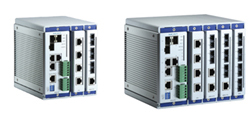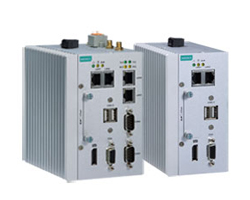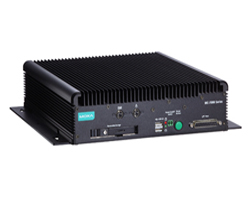
Bridge
A marine integrated navigational system (INS) improves the navigation and safety of a vessel through the intelligent consolidation of various modular systems onboard. With real-time display of crucial information, an INS greatly assists in vessel operation and decision making.

Control Room
As the command center of a vessel, the control room is tasked with the control and monitoring of the facilities. At the heart of the control room are the computers, which face the challenges of processing large volumes of data and ensuring system reliability. In addition, these computers must support multiple independent displays to save on space and costs and must be solidly designed to withstand rough sea conditions.

Engine Room
An engine room is usually located in an Unattended Machinery Space (UMS). The challenge for these devices is to operate in a harsh environment where dust, vibration, and constant high temperatures can put a toll on delicate electronic components.
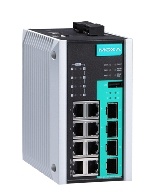
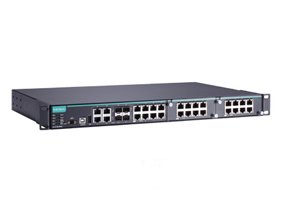
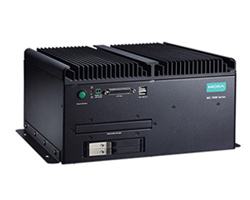
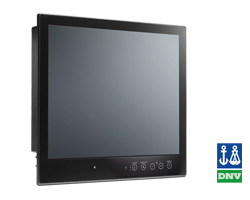
-456x289.jpg)
-253x253.jpg)
-204x330.jpg)
